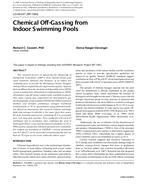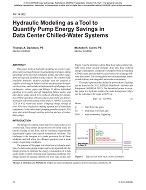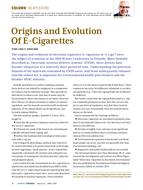The present paper evaluates the thermal comfort conditions in 18 spaces in practice ventilated by the displ acement ventilation principle recently developed in Scandinavia. The risk of local discomfort due to draft and vertical temperature difference is estimated by comprehensive measurements of mean velocity, turbulence intensity, and air temperature. The results indicate a high risk of draft and vertical temperature difference in the occupied zone of some of the spaces. The draft risk and vertical temperature difference varied substantially within the occupied zone. They may create serious complaints in the haft of the occupied zone nearest to the outlets. In several cases there was a potential risk of combined discomfort due to draft and vertical temperature difference. This combined discomfort should be studied by subjective experiments.
The measuring heights for air temperature and air movement recommended in the standards (0.1, 0.6, 1.1, and 7.7 m) were not sufficient to estimate draft risk in the occupied zone. Mean velocity, turbulence intensity, air temperature, predicted percent dissatisfied due to draft, and vertical temperature difference were found to be functions of exhaust and supply air temperature difference and airflow rate.
Citation: Symposium, ASHRAE Trans., vol. 95, pt. 2
Product Details
- Published:
- 1989
- Number of Pages:
- 8
- File Size:
- 1 file , 980 KB
- Product Code(s):
- D-28259


